Computer Architecture: A Quantitative Approach, 3rd Edition, 2002
4.5
بر اساس نظر کاربران

شما میتونید سوالاتتون در باره کتاب رو از هوش مصنوعیش بعد از ورود بپرسید
هر دانلود یا پرسش از هوش مصنوعی 2 امتیاز لازم دارد، برای بدست آوردن امتیاز رایگان، به صفحه ی راهنمای امتیازات سر بزنید و یک سری کار ارزشمند انجام بدینکتاب های مرتبط:
معرفی کامل کتاب 'Computer Architecture: A Quantitative Approach, 3rd Edition'
کتاب 'Computer Architecture: A Quantitative Approach' یکی از منابع اصلی و برجسته در زمینه معماری کامپیوتر است که توسط John L. Hennessy و David A. Patterson نوشته شده است. نسخه سوم این کتاب، منتشر شده در سال 2002، به یکی از معتبرترین و پرطرفدارترین مرجعها در حوزه معماری کامپیوتر تبدیل شده است. این اثر به دلیل رویکرد جامع و کمی که دارد، مورد توجه دانشجویان، مهندسان و پژوهشگران قرار گرفته است.
خلاصهای جامع از کتاب
کتاب 'Computer Architecture: A Quantitative Approach' بهطور کلی به بررسی اصول و مبانی معماری کامپیوتر میپردازد. این رویه با تحلیل عناصر اصلی معماری مانند CPU، حافظه، و سیستمهای ورودی و خروجی آغاز میشود. در این کتاب، مفاهیم پیچیده بهطور کاملاً علمی و با استفاده از مثالهای واقعی و آمارها توضیح داده شده است.
این نسخه از کتاب با تمرکز ویژهای روی مباحثی مانند پردازش Pipeline، حافظه نهان و تکنیکهای افزایش عملکرد مانند Superscalar و VLIW، همراه است. فصلهای متعددی به روشهای ارزیابی کارایی و بهبود معماری سیستمها اختصاص یافتهاند.
نکات کلیدی
- تاکید بر تجزیه و تحلیل کمی و استفاده از روشهای آماری و Benchmarks.
- پوشش گستردهای از معماریهای مختلف و تکنیکهای بهینهسازی.
- پیشبینی روندهای آینده معماری کامپیوتر و تکنولوژیهای نوظهور.
جملات معروف از کتاب
"Good benchmarks reveal the true limits of the architecture and drive innovation."
"The ultimate measure of success in computer architecture is performance."
چرا این کتاب مهم است
این کتاب به عنوان یکی از ستونهای اصلی مطالعات معماری کامپیوتر بهشمار میرود. رویکرد کمی و علمی آن، درک درستی از کارایی و معماری سیستمها ارائه میدهد و به مخاطبانش کمک میکند تا تصمیمگیریهای بهینهتری در طراحی سیستمها و پردازشها داشته باشند. این اثر همچنین به عنوان راهنمایی برجسته برای درک تکنولوژیهای پیشرفته و نوآوری در زمینههای مختلف مرتبط با معماری کامپیوتر محسوب میشود.
"Computer Architecture: A Quantitative Approach, 3rd Edition, 2002" is an essential resource for understanding the intricate world of computer architecture. Written by John L. Hennessy and David A. Patterson, this book is celebrated for its detailed exploration of architectural concepts and its commitment to providing quantifiable evaluations of computing performance.
Detailed Summary of the Book
The third edition of "Computer Architecture: A Quantitative Approach" continues to build upon the foundational successes of its predecessors by diving deep into the principles and methodologies that define modern computer architecture. This edition introduces key updates to reflect the rapid advances in computing technologies around the turn of the 21st century. It explores increasingly important areas such as instruction sets, hardware/software interface, and hardware innovations.
The book emphasizes the quantitative approach to design, offering a robust methodology for addressing performance and power efficiency challenges. Through a combination of case studies, examples, and mathematical models, it guides readers in understanding how to analyze and optimize the performance of computer architectures in terms of speed, cost, efficiency, and scalability.
Topics covered include the fundamentals of parallelism and advanced compiler technology, as well as the impact of emerging trends like multicore processors. The authors have meticulously worked to incorporate data from commercial processor benchmarks and describe architectural features that are crucial in competitive markets.
Key Takeaways
- Understanding of the fundamental trade-offs in software and hardware architecture.
- Insight into the evaluation metrics that determine the efficacy and efficiency of computer architectures.
- Updated case studies reflecting real-world architectural solutions and their impact on the industry.
- The importance of performance measurement and its application in enhancing computing efficiency.
- Exploration of parallel processing and its effect on computing capabilities.
Famous Quotes from the Book
"The persistence of following a framework based on data-driven analysis is the key to understanding real-world architectures."
"Quantitative analysis of architecture is not just an academic exercise; it is the cornerstone of innovation."
Why This Book Matters
"Computer Architecture: A Quantitative Approach" is not just a textbook but a guiding manual for practitioners and students who wish to dig deep into the functional core of computers. As technology firms and academic institutions continue to push the boundaries of what computers can do, understanding their architecture becomes paramount.
This book matters because it distills complex concepts into quantifiable analyses, providing a structured way to evaluate and improve computing technologies. It serves as a critical resource for understanding the trade-offs involved in architectural decisions, positioning readers to innovate and adapt in a rapidly changing digital landscape.
It also acts as a bridge between theoretical knowledge and practical application, fostering a generation of engineers, designers, and architects well-equipped to tackle the challenges of tomorrow's computing environments.
دانلود رایگان مستقیم
شما میتونید سوالاتتون در باره کتاب رو از هوش مصنوعیش بعد از ورود بپرسید
دسترسی به کتابها از طریق پلتفرمهای قانونی و کتابخانههای عمومی نه تنها از حقوق نویسندگان و ناشران حمایت میکند، بلکه به پایداری فرهنگ کتابخوانی نیز کمک میرساند. پیش از دانلود، لحظهای به بررسی این گزینهها فکر کنید.
این کتاب رو در پلتفرم های دیگه ببینید
WorldCat به شما کمک میکنه تا کتاب ها رو در کتابخانه های سراسر دنیا پیدا کنید
امتیازها، نظرات تخصصی و صحبت ها درباره کتاب را در Goodreads ببینید
کتابهای کمیاب یا دست دوم را در AbeBooks پیدا کنید و بخرید
1373
بازدید4.5
امتیاز0
نظر98%
رضایتنظرات:
4.5
بر اساس 0 نظر کاربران
Questions & Answers
Ask questions about this book or help others by answering
No questions yet. Be the first to ask!
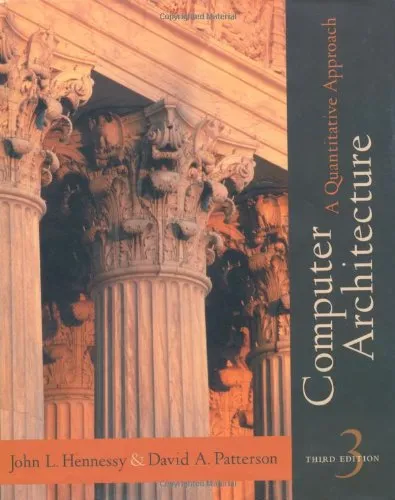

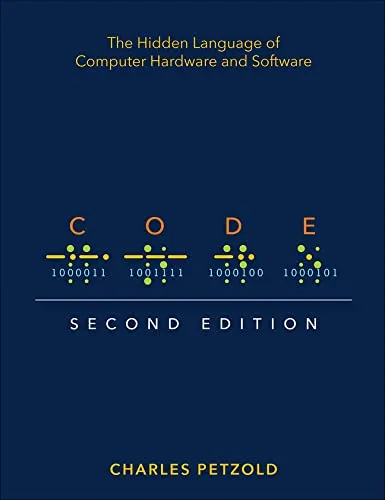
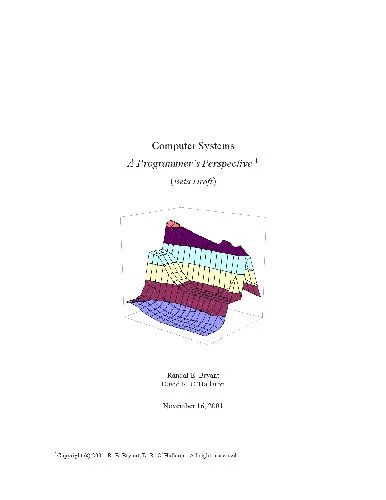
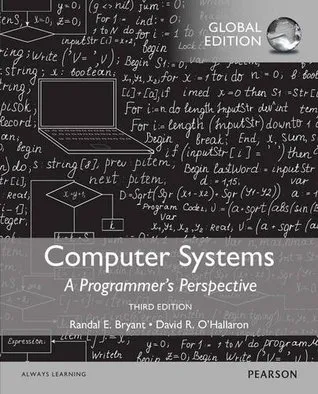
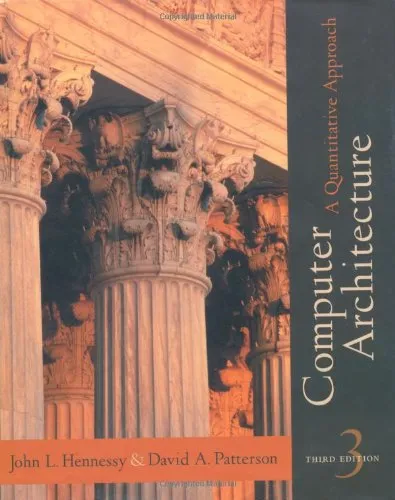

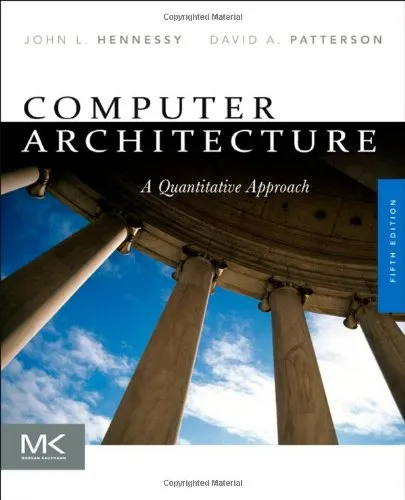
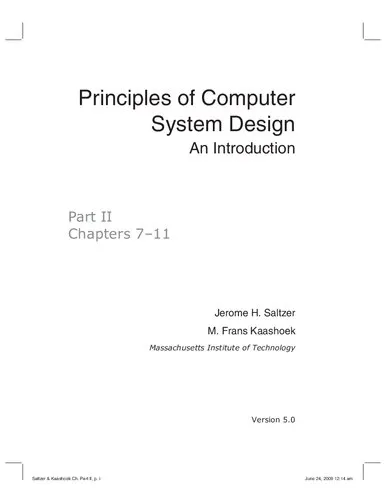
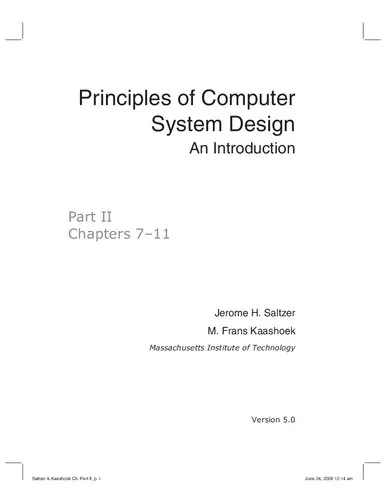
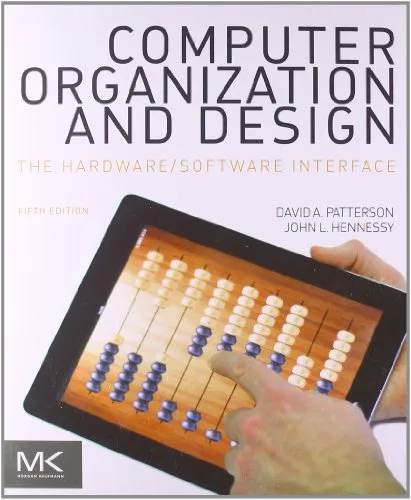
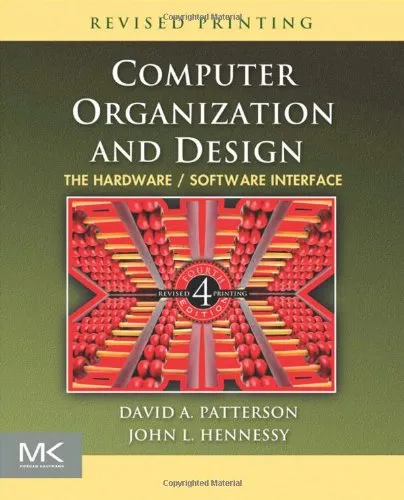


![Computer Organization and Design: The Hardware Software Interface [RISC-V Edition]](https://s3.refhub.ir/images/thumb/Computer_Organization_and_Design__The_Hardwar_6135.webp)
